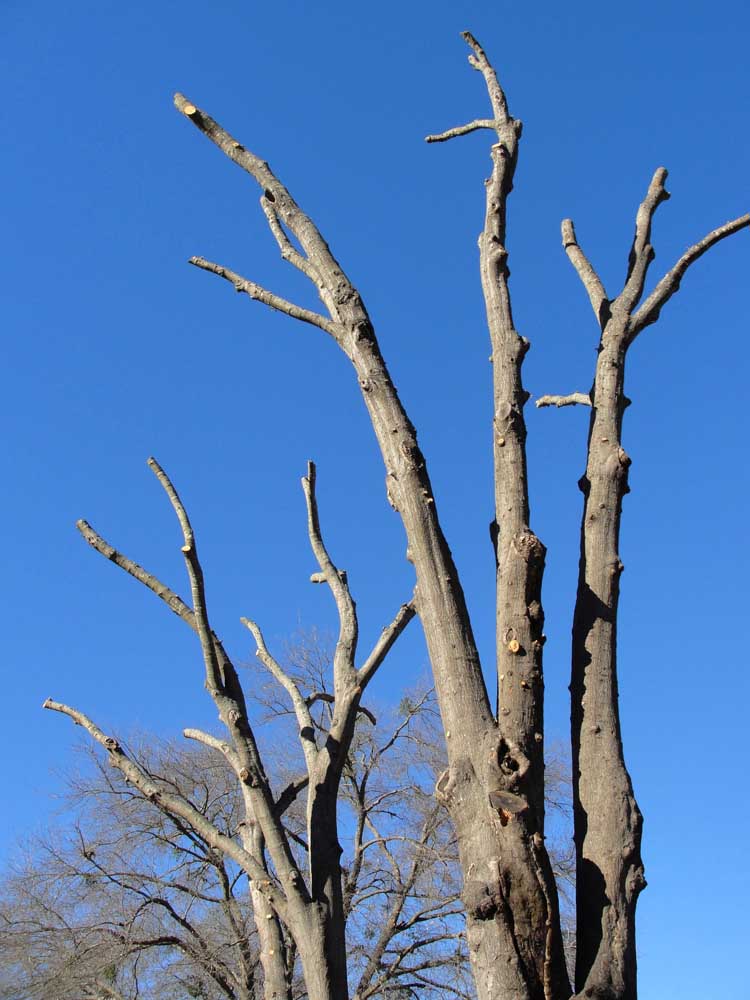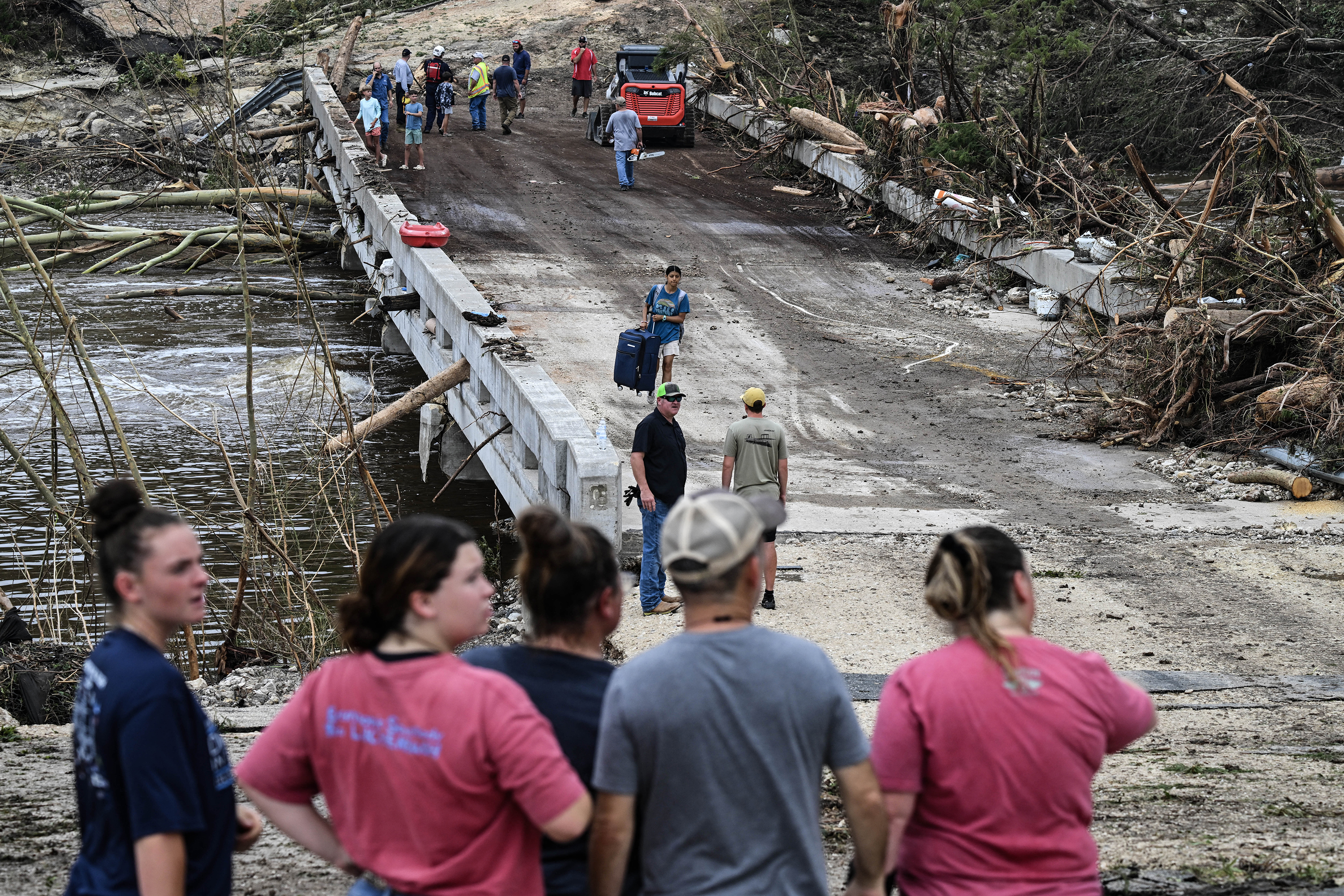Trees should never be topped
Published 10:27 pm Thursday, January 9, 2020

- Topped trees are unsightly, unhealthy, and unfortunately dangerous in the future. (Greg Grant/Courtesy)
This is the time of year that glaring examples of tree topping shows up. Crape myrtles are the most common victim but this crude practice also occurs on large shade trees and other ornamental specimens. Unfortunately, topping is never a recommended practice for any tree except in commercial peach orchards.
Just so we are on the same page, topping is the indiscriminate and drastic cutting of tree branches. Topping disfigures trees and is detrimental to the tree’s health, structure and value. Always remember that trees are alive, growing, breathing organisms. Treating them like unfinished furniture, firewood, or a shop project isn’t appropriate. Topping causes lots of things to happen, none of which are good.
In the most severe cases, topping can lead to the death of a tree. Topping removes a tree’s food production factory (foliage) and food stored in limbs that are cut. Topping also causes a tree to use valuable food stored in the trunk and roots to regrow limbs and branches. Topping redistributes the use of energy and has a substantial impact on the internal physiology of a tree. It a nutshell, it’s like heading to work hungry with an empty lunch box.
Topping directly results in a number of other problems for trees, the most severe being internal decay. When a branch is correctly pruned at its point of attachment to the trunk just outside of the branch collar, internal decay is usually stopped from progressing into the trunk by a barrier inside the collar. A correct cut results in more rapid wound closure by callus tissue so that the bark’s continuity is eventually reestablished. Stubs produced by topping harbor decay fungi which eventually break down the barrier in the collar and then proceed into the trunk. Whenever a cut is made in the main leader by topping, there is nothing to prevent decay from developing in the trunk. The tree may be structurally weakened and its life span reduced.
The drastic removal of limbs by topping also exposes the remaining limbs to the sun. This sudden exposure to direct light and heat can kill or damage a tree’s living tissue (the bark and cambium) and is called sunscald. Trees have difficulty protecting themselves from sunscald and the large wounds that result from topping. These sunscald wounds are highly vulnerable to insect invasion like borers and the spores and actions of decay fungi.
Topping causes the quick growth of dense, weak, upright branches called watersprouts. Shoots caused by topping grow back quickly and are weakly attached with narrow crotch angles. They grow so rapidly a tree can regain its original height in a short time with a dense and unwieldy crown that is easily broken off in high winds. So when folks are talked into topping their trees for safety, they are actually making them much more prone to storm damage in the future.
Topped trees are also ugly. Topping replaces the natural form and beauty of a tree with unsightly branch stubs, large wounds, and overly dense branch growth.
Because of the negative impacts on health, structure and appearance, topping can reduce the value of a large ornamental tree by thousands of dollars.
Trees that are too large or unsafe for their site should be removed entirely. If a tree needs proper structural work, contact an arborist certified by the Texas Chapter of the International Society of Arboriculture. You can find a listing at https://isatexas.com/for-the-public/find-an-arborist/.
Greg Grant is the Smith County horticulturist for the Texas A&M AgriLife Extension Service. He is author of Texas Fruit and Vegetable Gardening, Heirloom Gardening in the South, and The Rose Rustlers. You can read his “Greg’s Ramblings” blog at arborgate.com, his “In Greg’s Garden” in each issue of Texas Gardener magazine (texasgardener.com), or follow him on Facebook at “Greg Grant Gardens.” More research-based lawn and gardening information from the Texas A&M AgriLife Extension Service can be found at aggieturf.tamu.edu and aggie-horticulture.tamu.edu.






